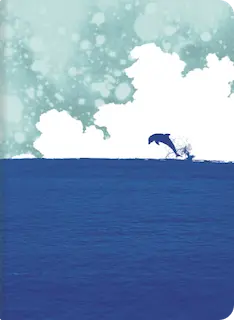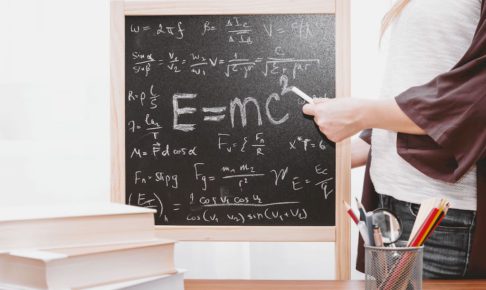English
高校生
ช่วยตอบหน่อยค่ะ เรางงไม่ค่อยเข้าใจ
4G
- 14:15 น.
← Screenshot_20230...
Reading-Comprehen... Q
Volcanoes
Read the passage below and answer the
questions on the next page.
4G
54
Volcanoes are geological formations that are created due to the
movement of magma and gas from the Earth's mantle and core to
its surface. The Earth's crust is made up of several large tectonic
plates that are in constant motion, and when these plates collide,
magma is forced to the surface, resulting in volcanic eruptions.
Games4esl
Volcanoes can be found all over the world and are often located in
areas where tectonic plates converge, such as the Pacific Ring of
Fire. Volcanoes can be classified into three main types: shield
volcanoes, stratovolcanoes, and cinder cone volcanoes.
Shield volcanoes are formed by repeated eruptions of fluid lava
flows, which are thin and runny due to low viscosity. As the lava
spreads out, it forms a wide, gently sloping mountain.
Stratovolcanoes are steep, cone-shaped mountains that are formed
by layers of ash, lava, and other volcanic debris. They are typically
the result of explosive eruptions. Cinder cone volcanoes are small,
steep-sided cones that are formed from a single vent and have a
circular crater at the top. They are usually created by explosive
eruptions that produce a lot of ash and cinders.
||||
Volcanic eruptions can be very destructive and can cause damage
to both the natural environment and human infrastructure. They can
cause ash clouds that can travel for miles and disrupt air travel, as
well as pyroclastic flows, which are fast-moving clouds of hot gas,
ash, and rock that can be deadly. In addition to causing destruction,
volcanic eruptions can also be beneficial, as they can create new
land, enrich soil with minerals and nutrients, and provide sources of
geothermal energy.
3
Scientists study volcanoes in order to better understand their
behavior and predict when eruptions might occur. They use
instruments such as seismometers, gas sensors, and satellite
imagery to monitor the activity of volcanoes and track changes in
their behavior. This information can be used to create early warning
systems that can help protect people and communities from the
effects of volcanic eruptions.
www.Games4esl.com
4G
่ 12:46 น.
← Screenshot_20230...
eruptions that produce a lot of ash and cinders.
Volcanic eruptions can be very destructive and can cause damage
to both the natural environment and human infrastructure. They can
cause ash clouds that can travel for miles and disrupt air travel, as
well as pyroclastic flows, which are fast-moving clouds of hot gas,
ash, and rock that can be deadly. In addition to causing destruction,
volcanic eruptions can also be beneficial, as they can create new
land, enrich soil with minerals and nutrients, and provide sources of
geothermal energy.
Scientists study volcanoes in order to better understand their
behavior and predict when eruptions might occur. They use
instruments such as seismometers, gas sensors, and satellite
imagery to monitor the activity of volcanoes and track changes in
their behavior. This information can be used to create early warning
systems that can help protect people and communities from the
effects of volcanic eruptions.
www.Games4esl.com
1) What are volcanoes, and how are they formed?
2. Where are volcanoes typically found, and why?
3) What are the three main types of volcanoes?
4) How can volcanic eruptions be destructive?
5) What instruments do scientists use to study
volcanoes?
www.Games4esl.com
|||
=
3
37
回答
疑問は解決しましたか?
この質問を見ている人は
こちらの質問も見ています😉
























ขอบคุณมากค่ะ